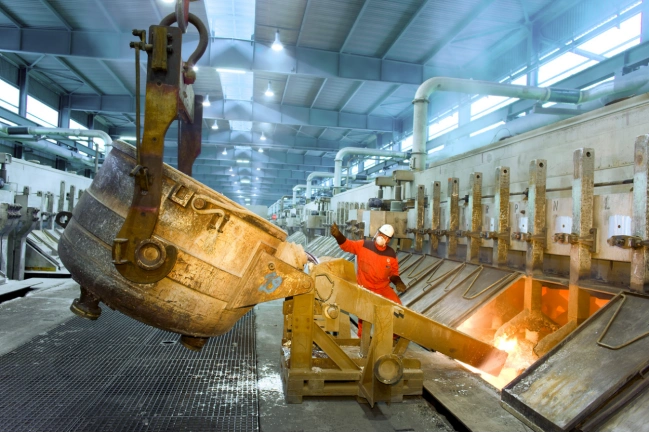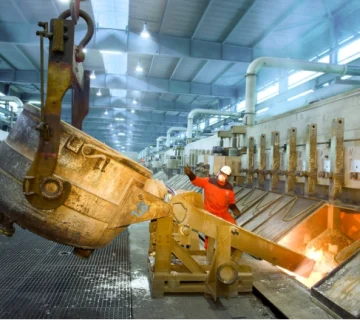Thermal Coal Consumption in Egypt in Recent Years
From Near-Zero to Half a Billion Dollars: Egypt’s Coal Import Boom
For decades, Egypt relied heavily on oil and natural gas as its primary energy sources, with coal playing a minimal role in its energy mix. However, a closer look at Egypt’s import data reveals a striking transformation—particularly in the past decade—where thermal coal imports surged from virtually zero in 2014 to over half a billion U.S. dollars annually by 2024.
📊 Egypt’s Thermal Coal Imports: A Decade in Review
Year | Trade Value (Million USD) | Net Weight (1,000 Tons) |
2014 | 0.0004 | 0.001 |
2015 | 3.89 | 42 |
2016 | 30.88 | 378.6 |
2017 | 97.82 | 835 |
2022 | 385.53 | 1,310 |
2023 | 545.64 | 2,298 |
2024 | 552.16 | 2,436 |
Source: Global Trade Data (HS Code 270112 – Thermal Coal)
🛠️ What Changed?
- Policy Shifts & Energy Diversification
In 2014, Egypt’s government began revising its energy policies to reduce its dependence on natural gas, especially in the wake of domestic shortages and rising industrial demand. Coal was officially reintroduced as an energy source—particularly for heavy industries such as cement, steel, and ceramics.
- Cement Industry Demand
Egypt is home to one of the largest cement industries in the MENA region. Cement plants rapidly converted to coal-fired systems, especially after natural gas subsidies were reduced. The industry’s appetite for high-energy coal grew steadily as a result.
- Stable Infrastructure and Port Capacity
Egypt has upgraded its coal-handling facilities in ports like Damietta, Ain Sokhna, and Alexandria, making it easier to handle and store large volumes of imported coal.
- Global Market Access
Egypt leveraged its trade relationships with coal-exporting countries such as South Africa, Indonesia, Russia, and Colombia, securing competitively priced thermal coal. Improved logistics and access to bulk shipping helped drive this upward trend.
🚀 Implications for the Future
- Industrial Fuel Shift: Coal has now established itself as a strategic industrial fuel, especially for sectors facing volatile gas supplies or global price shocks.
- Environmental Considerations: While coal remains a cost-effective fuel, Egypt is also facing increased scrutiny around emissions and pollution. Future coal trade will likely be shaped by cleaner combustion technologies and carbon regulations.
- Growth Opportunities: Traders and suppliers with access to high-quality thermal coal stand to benefit significantly, especially if they provide value-added services like logistics, blending, and warehousing.
🌍 Conclusion
Egypt’s coal trade growth from $447 in 2014 to over $550 million in 2024 reflects not just a fuel switch, but a broader industrial evolution. As the demand for stable, affordable, and scalable energy sources continues, thermal coal will remain a critical part of Egypt’s industrial strategy—at least for the foreseeable future.
Carbons International Trade Co. Ltd. is closely monitoring these trends and is committed to being a reliable coal partner for industries across North Africa.



No comment